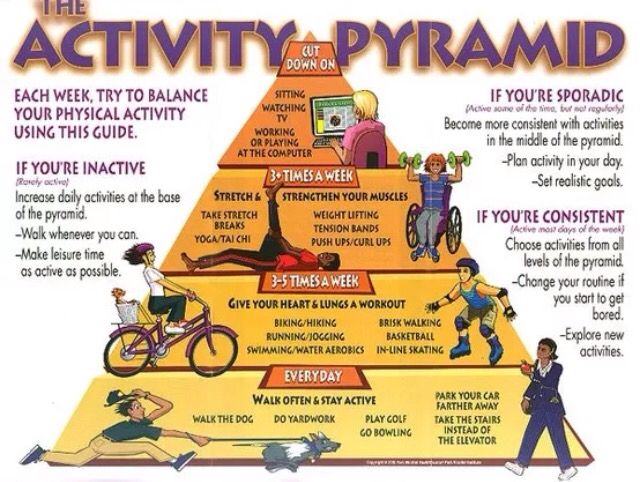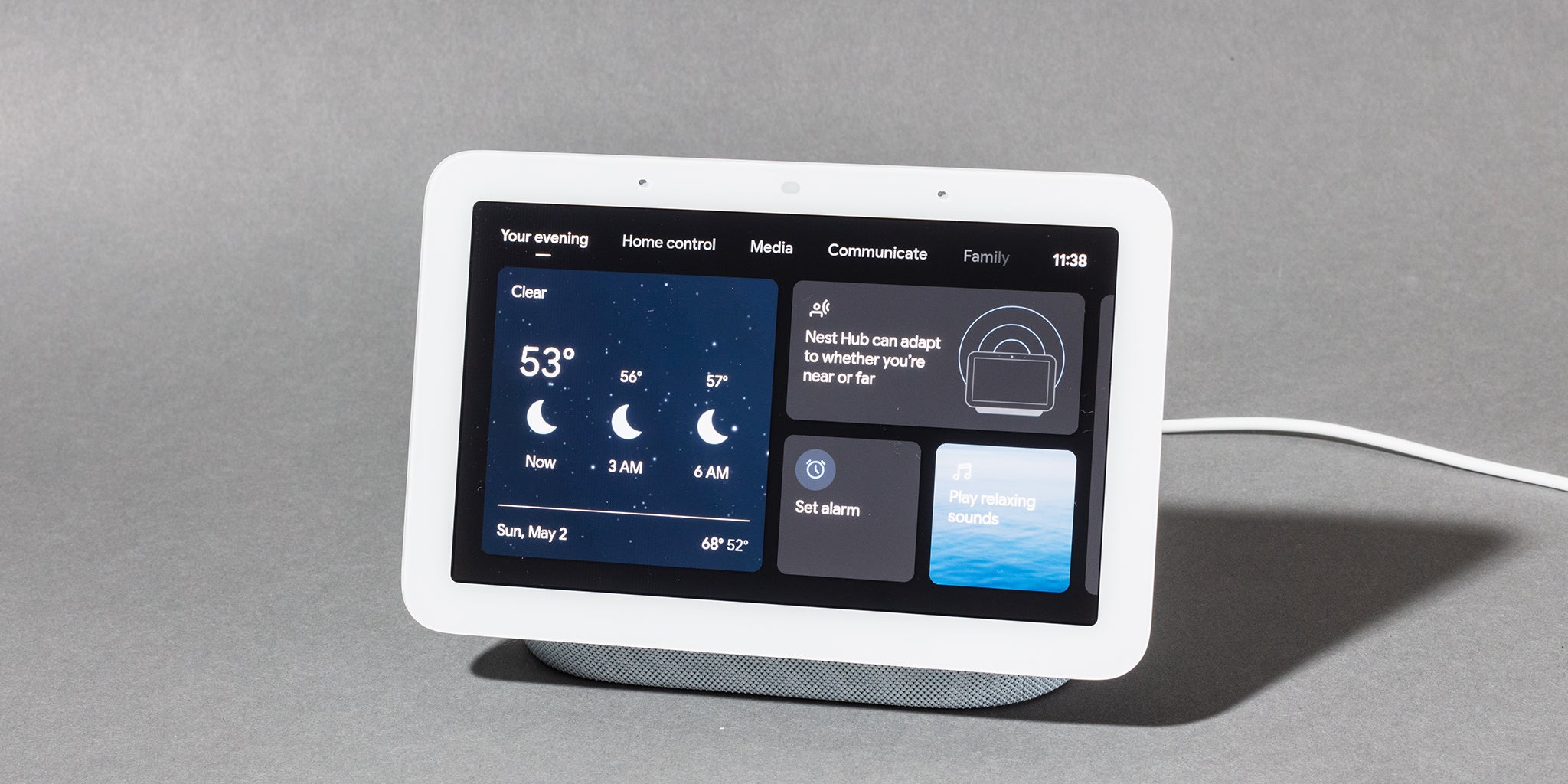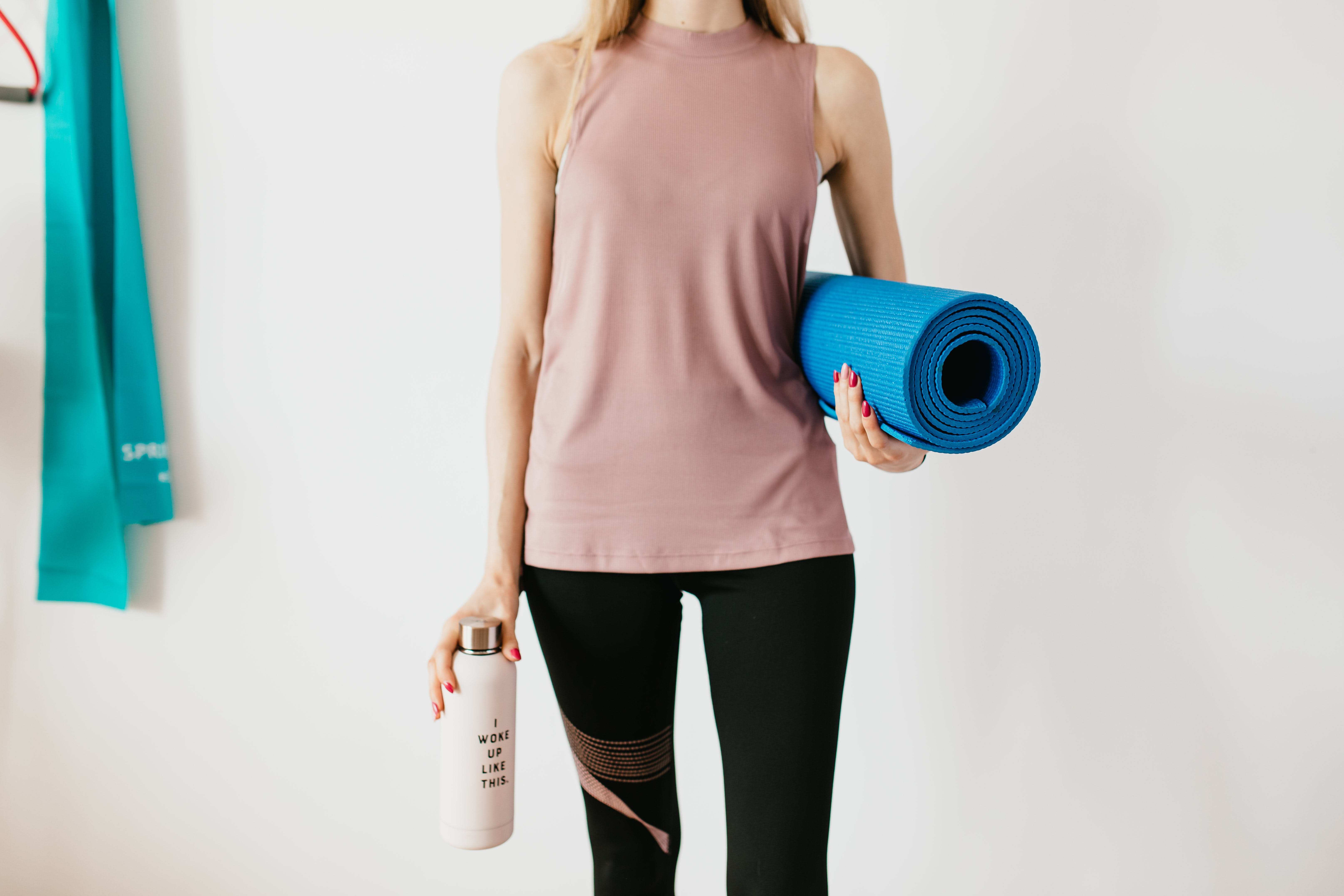Gardening is a popular and enjoyable activity that involves growing and tending to plants in outdoor or indoor spaces. It can range from simple tasks like watering and weeding to more physically demanding activities like digging and planting. Many people consider gardening to be a low-impact, relaxing hobby, but it also offers numerous physical and mental health benefits. But where does gardening fit on the physical activity pyramid? Let’s explore this question further.
The Physical Activity Pyramid and Gardening

Before we delve into where gardening fits on the physical activity pyramid, let’s first understand what the pyramid is and how it is used. The physical activity pyramid is a visual representation of the different types and levels of physical activity. It is often used as a guide to help individuals make informed choices about incorporating physical activity into their daily lives.
The physical activity pyramid is divided into five levels, with level 1 being the least intense and level 5 being the most intense. Each level represents a different type of activity, ranging from sedentary activities at the bottom to vigorous activities at the top. The pyramid is designed to encourage individuals to gradually increase their physical activity level and incorporate a variety of activities into their routine for optimal health benefits.
Level 1: Gardening as a Sedentary Activity
At the base of the physical activity pyramid are the sedentary activities, which include activities that require minimal movement and energy expenditure. These activities are considered to have little to no impact on physical fitness and health. Examples of sedentary activities include watching TV, playing video games, and sitting at a desk for extended periods.
While gardening may not seem like a traditional sedentary activity, certain tasks such as pruning, deadheading, and seed starting can be considered sedentary since they involve little to no movement. However, these sedentary gardening tasks still offer some benefits, such as stress relief and the satisfaction of nurturing plants.
Benefits of Sedentary Gardening
- Stress relief: Gardening has been shown to reduce stress levels and promote relaxation. The act of tending to plants and being surrounded by nature can have a calming effect on the mind and body.
- Mental stimulation: Even sedentary gardening tasks require some level of cognitive involvement, which can help keep the mind active and engaged.
- Exposure to sunlight: Spending time outdoors in natural sunlight can boost vitamin D levels and improve mood.
Level 2: Gardening as a Light Activity

The second level of the physical activity pyramid consists of light activities that involve more movement and energy expenditure than sedentary activities. These activities are considered to provide some health benefits, but they are not enough to meet the recommended guidelines for physical activity.
Gardening falls under this category, as it requires moderate movement and energy expenditure. Tasks like watering, weeding, and harvesting may not seem physically demanding, but they still require some level of physical effort. Furthermore, the repetitive nature of these tasks can provide a low-impact workout for muscles and joints.
Benefits of Light Gardening
- Improved flexibility and mobility: Tasks like bending, reaching, and squatting while gardening can help improve flexibility and range of motion.
- Low-impact exercise: Gardening is a great form of low-impact exercise, making it suitable for individuals with joint pain or injuries.
- Increased hand strength: Activities like digging, pulling weeds, and pruning can help strengthen hand muscles, which is beneficial for individuals with arthritis or other hand-related conditions.
Level 3: Gardening as a Moderate Activity

The third level of the physical activity pyramid includes moderate activities that require more effort and energy expenditure than light activities. These activities are considered to be an important part of a healthy lifestyle and can provide numerous health benefits when done regularly.
Gardening can be considered a moderate activity when tasks like digging, planting, and raking are involved. These activities require more physical effort and can get the heart rate up, providing a cardiovascular workout.
Benefits of Moderate Gardening
- Improved cardiovascular health: Gardening tasks that involve moderate movement can help improve cardiovascular health by increasing heart rate and oxygen flow.
- Weight management: Regular gardening can burn calories and contribute to weight loss or maintenance.
- Reduced risk of chronic diseases: Moderate physical activity, including gardening, has been linked to a reduced risk of chronic diseases such as heart disease, diabetes, and obesity.
Level 4 5: Gardening as a Vigorous Activity

The top two levels of the physical activity pyramid include vigorous activities that require a significant amount of effort and energy expenditure. These activities are considered to provide the most health benefits and should be done at least 3-4 times per week to maintain good physical fitness.
Certain gardening tasks, such as digging, shoveling, and mowing, can be classified as vigorous activities. These tasks require a lot of physical effort and can elevate your heart rate to a level that provides cardiovascular benefits.
Benefits of Vigorous Gardening
- Strength training: Tasks like digging and shoveling require a significant amount of strength, making gardening a great form of strength training.
- Increased calorie burn: Vigorous gardening can provide a high-intensity workout, leading to a greater number of calories burned.
- Improved overall fitness: Regular participation in vigorous gardening tasks can lead to overall improvements in physical fitness, including increased muscle strength, endurance, and flexibility.
Frequently Asked Questions about Gardening and Physical Activity
Is gardening considered a good form of exercise?
Yes, depending on the type of gardening tasks performed, it can provide various levels of physical activity, from light to vigorous. Regular gardening can contribute to an active lifestyle and provide numerous health benefits.
Can gardening count towards my daily physical activity recommendations?
Yes, gardening can be considered a form of physical activity and can contribute towards meeting the recommended guidelines for daily physical activity. However, it is important to engage in a variety of activities at different levels to achieve optimal health benefits.
Are there any precautions I should take when gardening?
As with any physical activity, it is essential to listen to your body and not push yourself too hard. Take breaks when needed, stay hydrated, and use proper lifting techniques to avoid injury.
Can people with mobility limitations still enjoy gardening?
Absolutely! Gardening can be adapted to accommodate individuals with mobility limitations. Raised beds, container gardening, and specialized tools can make gardening more accessible to those with limited mobility.
Is gardening suitable for all ages?
Yes, gardening is a great activity for people of all ages. Children can learn about plants and nature while getting some physical activity, and older adults can reap numerous health benefits from gardening, including improved balance, strength, and flexibility.
Conclusion
In conclusion, gardening can fit into multiple levels of the physical activity pyramid, depending on the tasks involved. From sedentary activities like watering to vigorous tasks like mowing, gardening offers various levels of physical activity that can contribute to an active and healthy lifestyle. So whether you’re looking for a low-impact hobby or a way to incorporate more physical activity into your routine, gardening is an excellent choice that provides both physical and mental health benefits.
